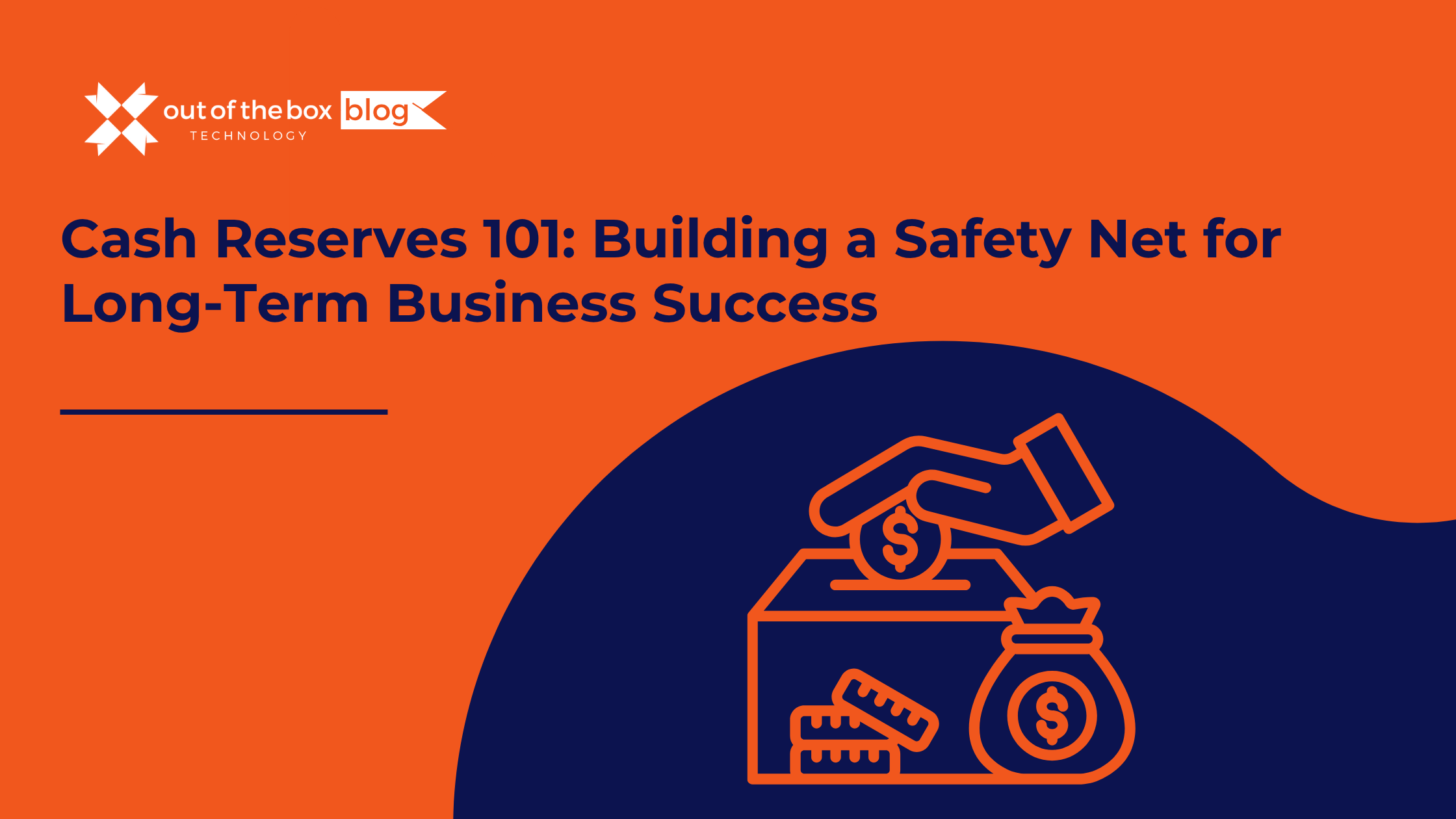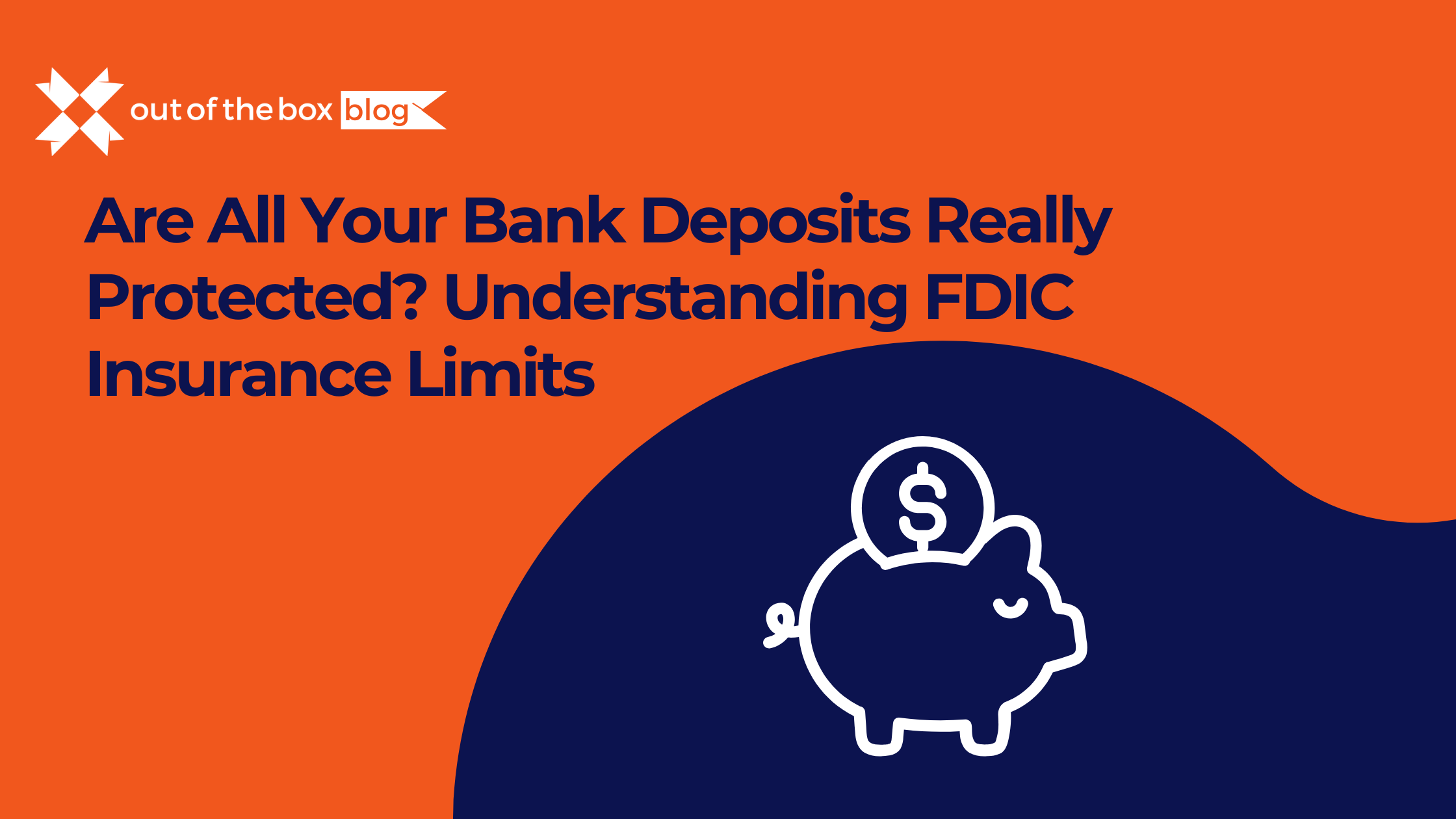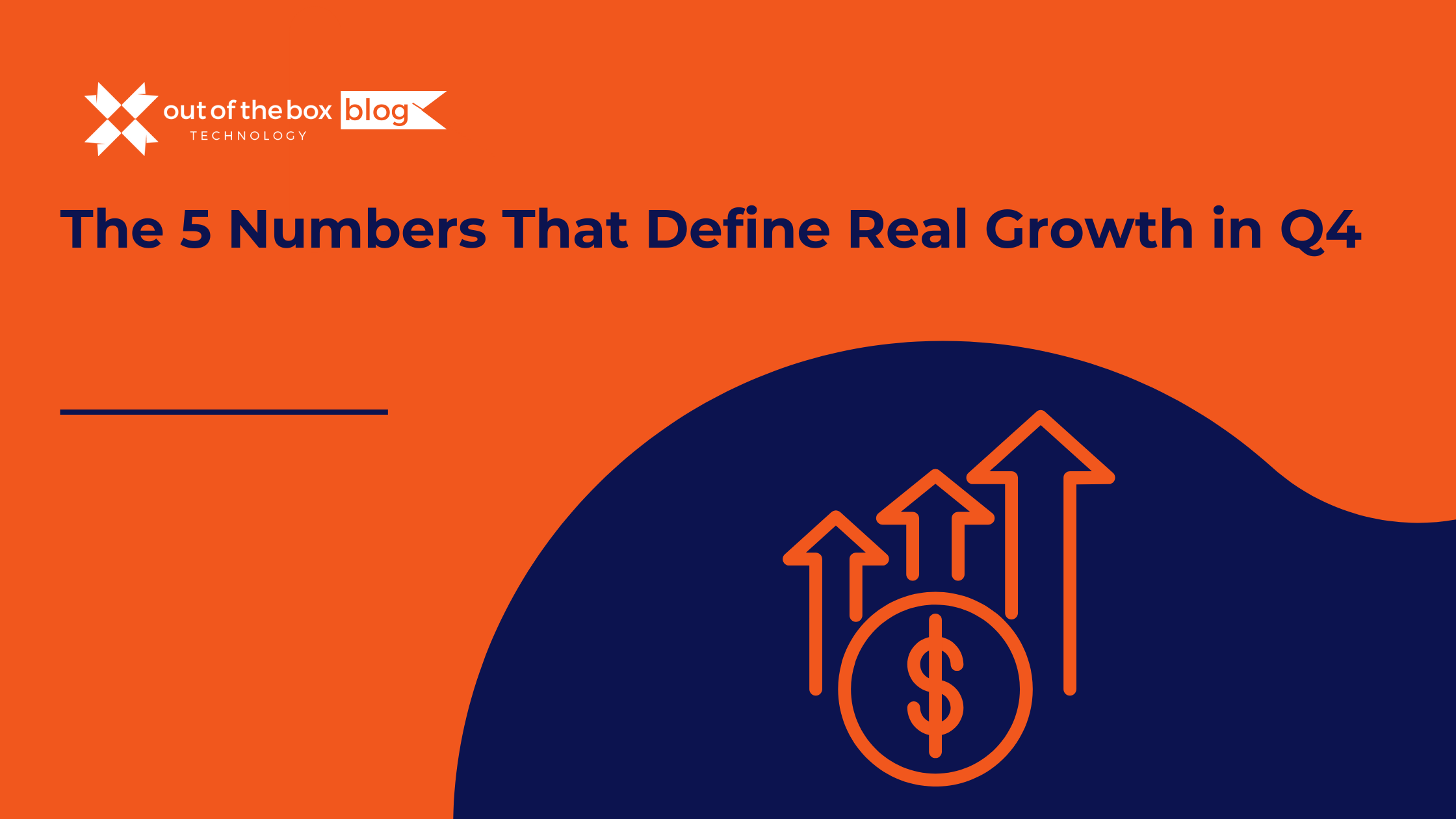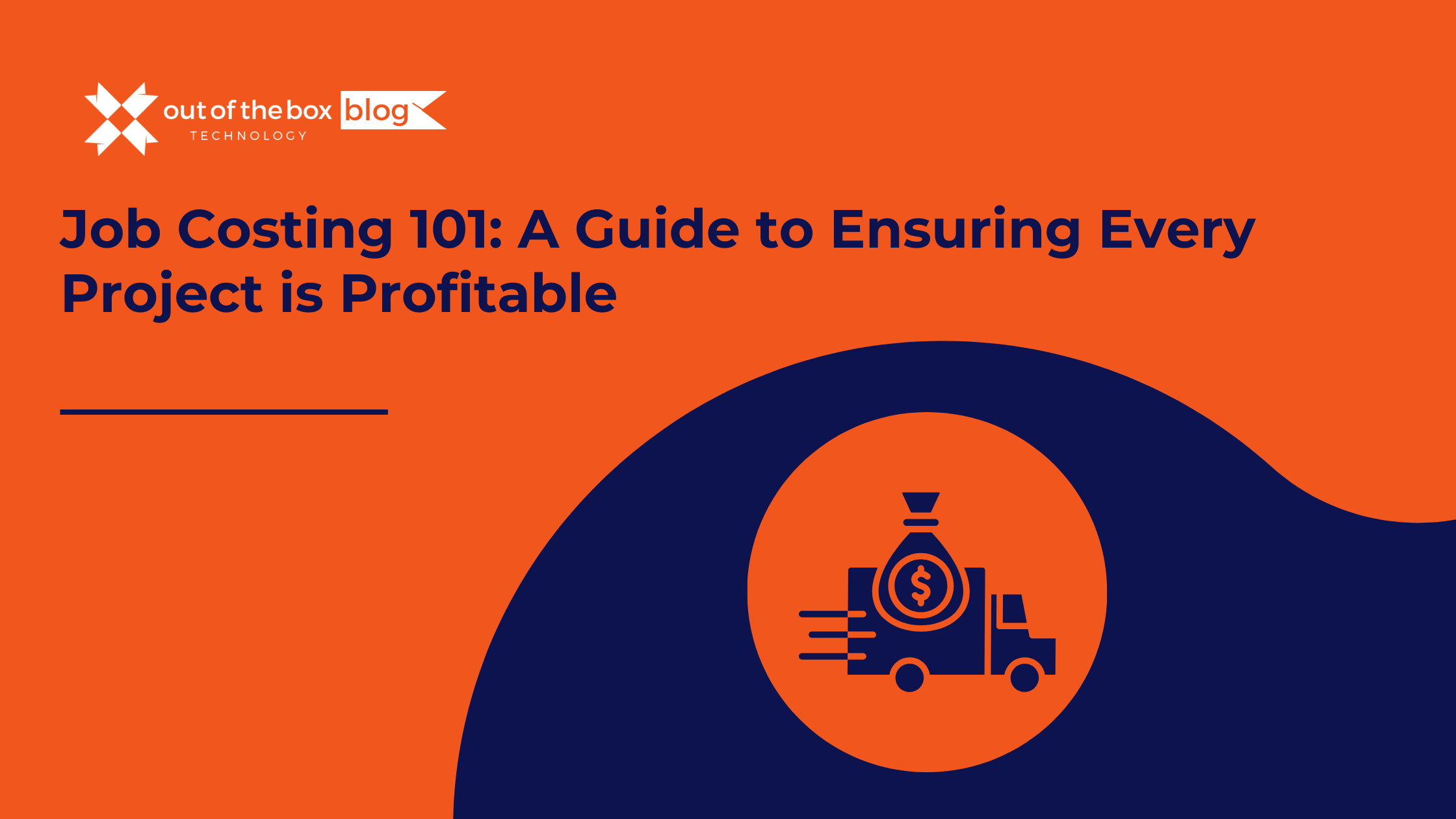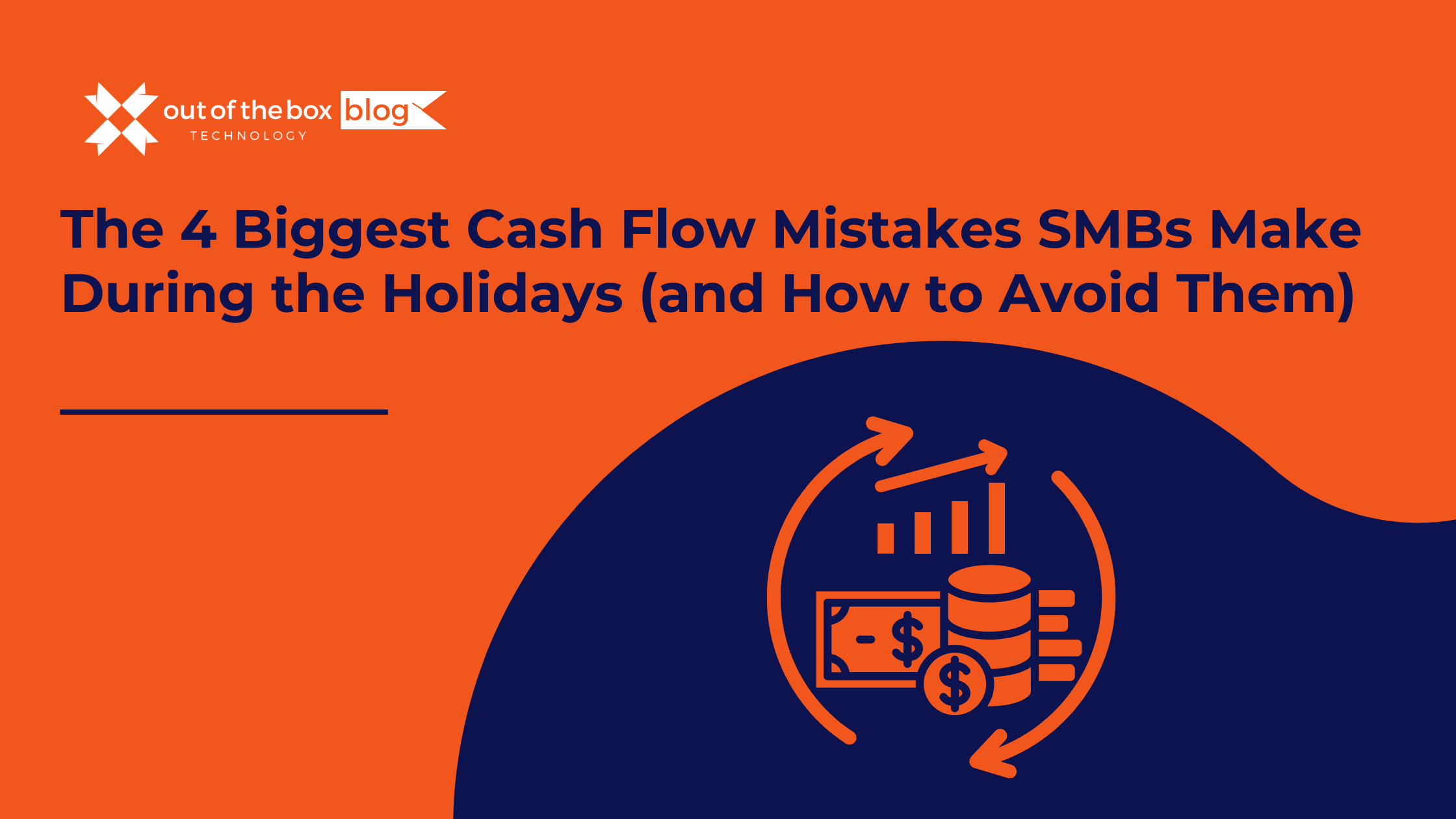Every successful business—whether a fast-growing franchise or a local home service company—needs a solid financial foundation. And one of the most overlooked, yet critical, pillars of that foundation is cash reserves.
In this guide, we’ll explain what cash reserves are, why they matter, how much you need, and how to build them strategically. We’ll include real-world examples, data, and insights tailored specifically to small business owners, franchisors, franchisees, and service providers.
What Are Cash Reserves?
Cash reserves refer to the money a business sets aside to cover emergency expenses, manage cash flow interruptions, or take advantage of strategic opportunities. Unlike investments or fixed assets, reserves are liquid—readily accessible when you need them most.
Think of them as your business’s emergency savings account. When revenue dips or unexpected expenses arise (equipment breakdowns, delayed customer payments, market downturns), your cash reserve can mean the difference between survival and shutdown.
Why Are Cash Reserves Important?
Cash reserves give your business:
-
Resilience during downturns
-
Flexibility to invest in growth
-
Protection against cash flow gaps
-
Confidence when planning ahead
Real Data: Business Closures and Cash Flow
According to a report from JPMorgan Chase, the median small business only has 27 days of cash buffer. For restaurants, it’s just 16 days. Source
This lack of liquidity was one of the leading reasons so many businesses struggled or closed during the COVID-19 pandemic and subsequent inflationary pressures.
How Much Cash Reserve Should a Business Have?
There’s no one-size-fits-all answer, but here are common guidelines:
| Business Type | Recommended Reserve |
|---|---|
| Small service business | 3 to 6 months of fixed expenses |
| Franchise unit | 6 months of operating costs |
| Seasonal businesses | 6 to 12 months cash buffer |
The right amount depends on your business model, industry volatility, fixed vs. variable costs, and revenue consistency.
How to Calculate Your Target Reserve
-
Add up your monthly fixed expenses (rent, salaries, insurance, utilities).
-
Multiply by the number of months you want to cover (e.g., 3–6).
-
That’s your baseline reserve target.
Example:
A home services business with $12,000/month in fixed costs would need at least $36,000–$72,000 in cash reserves.
How to Build Your Cash Reserves
Building cash reserves takes discipline and strategy. Here’s a step-by-step approach:
1. Start with a Cash Flow Analysis
You can’t build reserves if you don’t know what you’re working with. Analyze:
-
Revenue vs. expenses
-
Seasonal highs and lows
-
Profit margins
-
Accounts receivable cycles
Tip: Tools like QuickBooks Online and Out of the Box Technology help automate this process.
2. Set a Monthly Reserve Goal
Commit to saving a fixed amount (e.g., 5–10% of net profit) each month. Treat it like a non-negotiable expense.
3. Create a Separate Reserve Account
Keep your reserve funds in a separate, interest-bearing business savings account. This creates separation from your operating capital and reduces the temptation to dip into it unnecessarily.
4. Cut Non-Essential Spending
-
Review subscriptions
-
Rebid vendor contracts
-
Delay non-critical upgrades
-
Optimize inventory management
Even modest cuts can free up hundreds to funnel into your reserve.
5. Automate Contributions
Set up an automatic monthly transfer from your business checking to your reserve account.
Common Cash Reserve Mistakes to Avoid
1. Keeping reserves too low
Businesses often underestimate how long a downturn might last.
2. Tying up reserves in illiquid assets
Investing reserve funds in long-term CDs or non-liquid accounts limits your access.
3. Using reserves for planned expenses
Reserves should not be used for planned marketing campaigns or seasonal hiring. That should come from your operating budget.
Strategic Uses of Cash Reserves
Cash reserves aren’t just for emergencies. They can be a strategic tool for growth when used wisely:
-
Bridge seasonal slowdowns
-
Take advantage of supplier discounts for bulk orders
-
Invest in new equipment during low-cost windows
-
Support expansion into new markets
Having cash on hand gives your business leverage in negotiations, stability during downturns, and speed during opportunity.
How Franchisors and Franchisees Benefit from Cash Reserves
For franchisors, reserves help:
-
Support franchisees in distress
-
Invest in marketing or tech upgrades
-
Sustain operations while onboarding new franchise units
For franchisees, reserves provide:
-
Security during launch ramp-up
-
Protection against local economic shifts
-
Room to invest in local advertising or staff training
Case Study: A Plumbing Franchise Builds a 6-Month Safety Net
Business: Local plumbing franchise in Ohio
Monthly fixed costs: $18,000
Reserve target: $108,000 (6 months)
How They Did It:
-
Reduced inventory carry costs by switching to just-in-time orders
-
Cut 2 underperforming ad channels
-
Implemented automated invoicing to reduce receivables lag
-
Saved 8% of monthly profits for 18 months
Outcome:
They were able to retain all staff during a local housing downturn and invest in a second service vehicle once business rebounded.
How Out of the Box Technology Helps
At Out of the Box Technology, we help business owners:
-
Track spending and profitability
-
Model reserve growth in QuickBooks
-
Forecast cash flow under different scenarios
-
Automate reporting to catch red flags early
Whether you’re just getting started or rebuilding your reserve strategy, our team can help implement the systems you need to make it sustainable.
Contact us here to learn more.
FAQs: Cash Reserves for Small Businesses
Q: Should I keep 100% of reserves in cash?
A: Not necessarily. Keep at least 3 months fully liquid. You can keep additional funds in short-term money market accounts for some interest yield, but always prioritize accessibility.
Q: How do I build reserves if I’m barely breaking even?
A: Start small—$100–$200 per month is better than nothing. Focus on cutting inefficiencies and improving receivables collection.
Q: Should I use a line of credit instead of a reserve?
A: A line of credit can be a useful backup, but it’s not a substitute for real cash. Interest rates fluctuate and credit access can disappear during downturns.
Q: What tools can I use to track my reserves?
A: QuickBooks, Gusto, and financial dashboards from Out of the Box Technology provide real-time reserve tracking.
Final Thoughts: Make Cash Reserves a Priority
Cash reserves are more than a safety net—they’re a strategic asset. They reduce stress, create financial resilience, and give you the confidence to grow. Whether you’re running a single home services business or a multi-unit franchise, prioritizing reserves can secure your future.
Need help building your reserve plan?
Out of the Box Technology offers bookkeeping, payroll, and financial planning services tailored to help small businesses thrive—no matter what the economy throws your way.
Ready to take control of your expenses?
Contact us today to learn how we can help streamline your bookkeeping and save you money.
